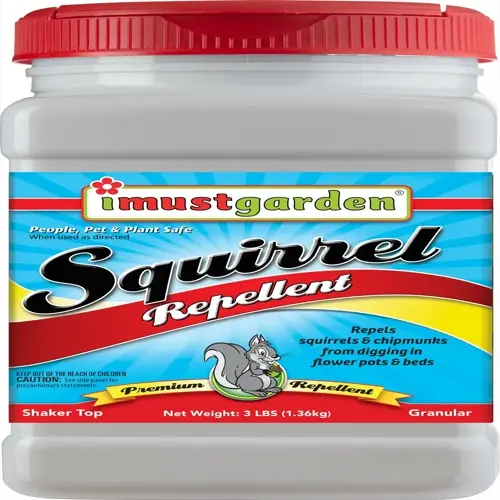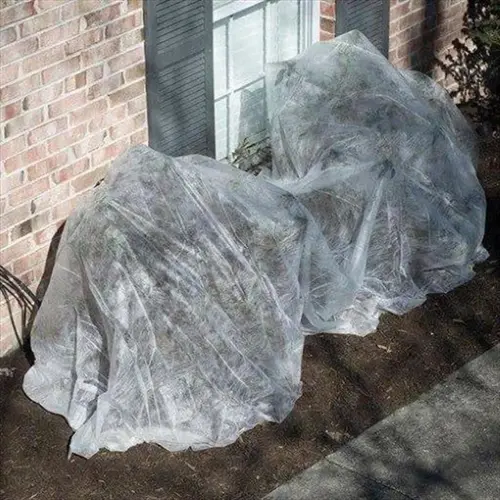Should I use wound sealants after pruning cuts?

Written by
Benjamin Miller
Reviewed by
Prof. Samuel Fitzgerald, Ph.D.Research has shown that wound sealants damage trees after pruning. Sealants keep moisture away from cut surfaces, allowing fungi and bacteria the perfect conditions to thrive. Trees have a natural ability to heal themselves through callus formation, which closes wounds from the outside in. I have seen untreated cuts heal entirely and sealed wounds develop a pocket of decay.
Compartmentalization
- Trees create chemical barriers around wounds
- Specialized cells block decay spread inward
- This natural defense works best in dry conditions
Callus Formation
- New growth seals wounds from the edges inward
- Complete closure takes 1-2 growing seasons
- Smooth cut surfaces accelerate this process
Antimicrobial Protection
- Trees produce natural fungicides at wound sites
- Tannins and resins inhibit pathogen growth
- These compounds work best with oxygen access
Optimal Conditions
- Dry surfaces prevent fungal germination
- Airflow creates unfavorable pathogen conditions
- Proper pruning angles shed water effectively
Sealants are capable of forming anaerobic environments that are highly favorable for pathogenic fungi; moreover, trapped moisture results in softening of wood fibers, which can hasten decay. Studies have shown that sealed cuts develop decay columns that are larger than untreated cuts. Hence, the false sense of security gained leads to more structural weakness for the long-term survival of the tree. Trees are better suited to fend off pathogens naturally without interference.
Appropriate pruning practices promote natural healing. Clean cuts just outside of branch collars heal the quickest. Angled cuts also shed water, preventing moisture accumulation. I emphasize the importance of quality cuts over sealants to my students, and they consistently produce healthier trees with minimal decay problems.
Instead, emphasize preventive care as the most effective strategy for controlling disease. First, sterilize tools before cutting to minimize the potential of introducing pathogens to trees. Second, cleanly remove diseased wood before it spreads to other areas. Third, prune only during dry weather when trees heal better. All these steps will be more effective than any sealant product.
The natural healing powers of trees/time-tested over thousands of years, are what trees have developed. Consider how a clean cut forms protective callus rings in just a matter of months. That biological process is making more permanent wood than any artificial sealant could ever hope to do. Your trees will thank you with a lifetime of healthy growth.
Read the full article: Pruning Fruit Trees: 10 Essential Steps

